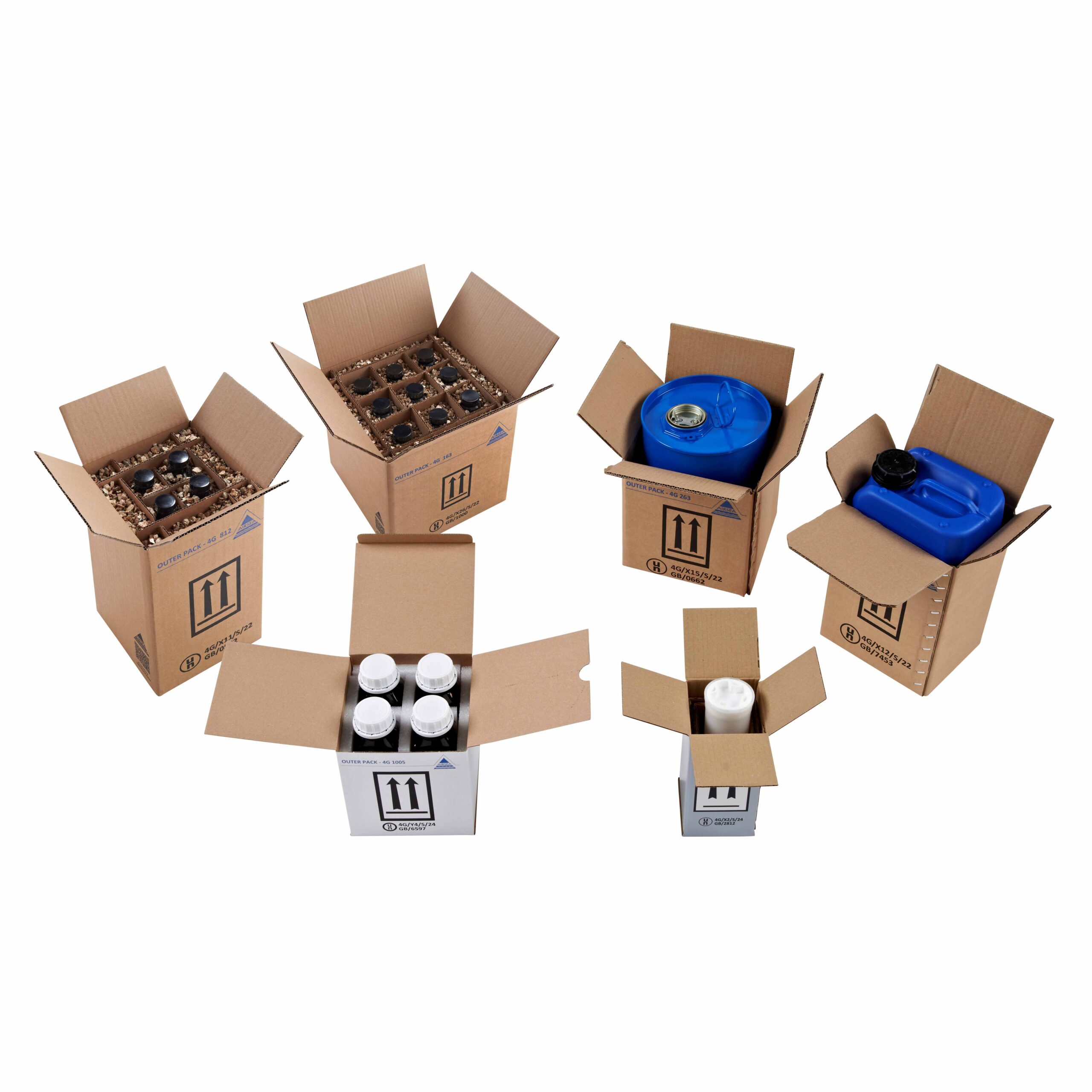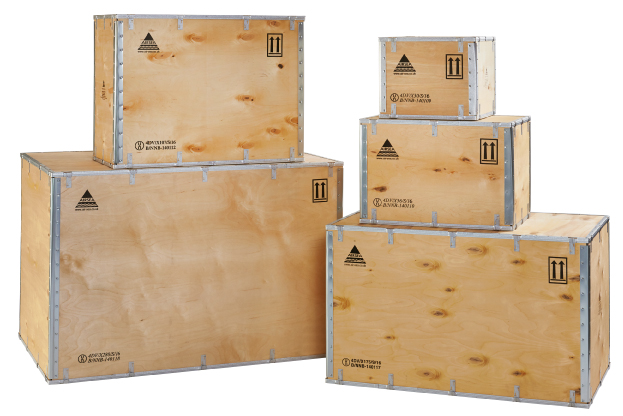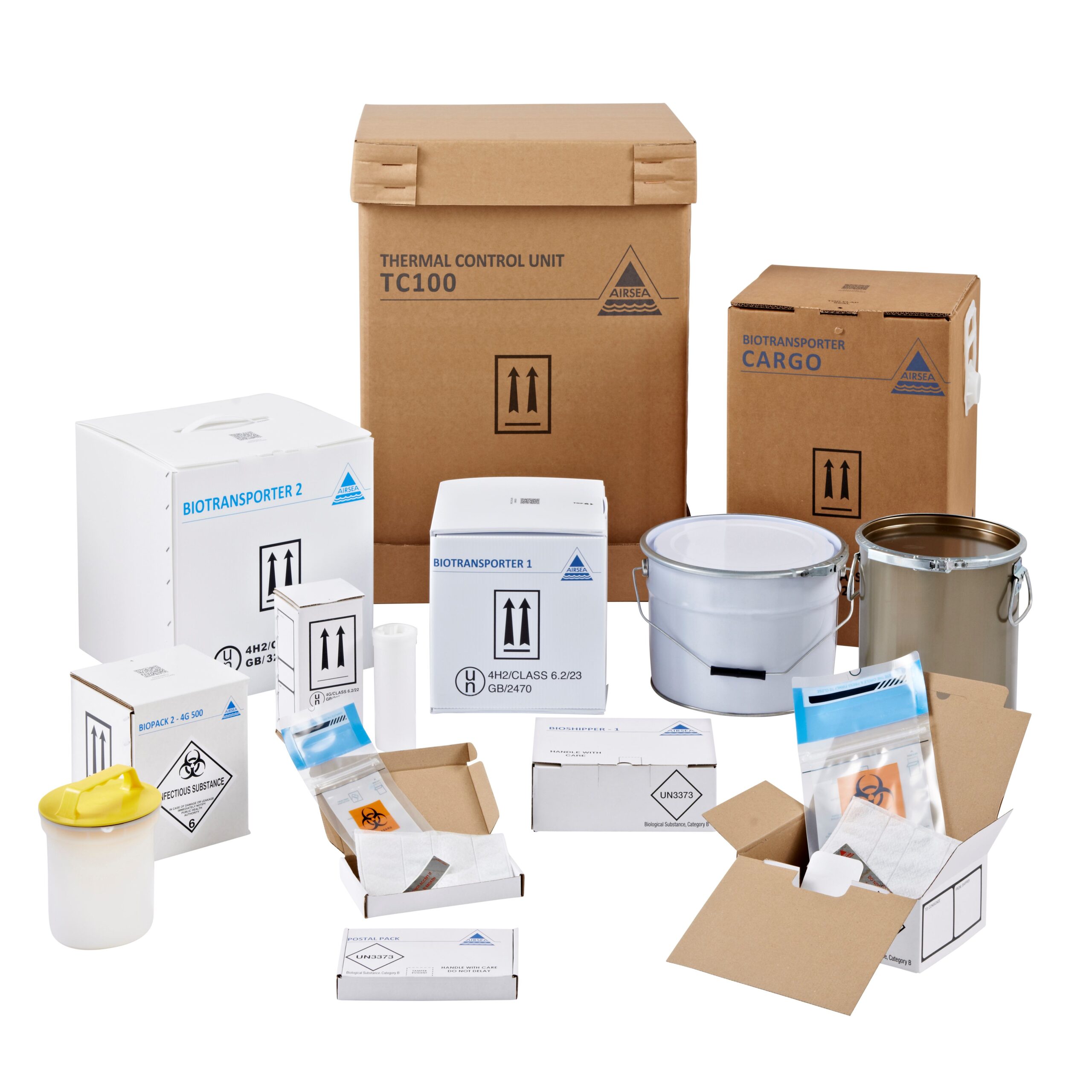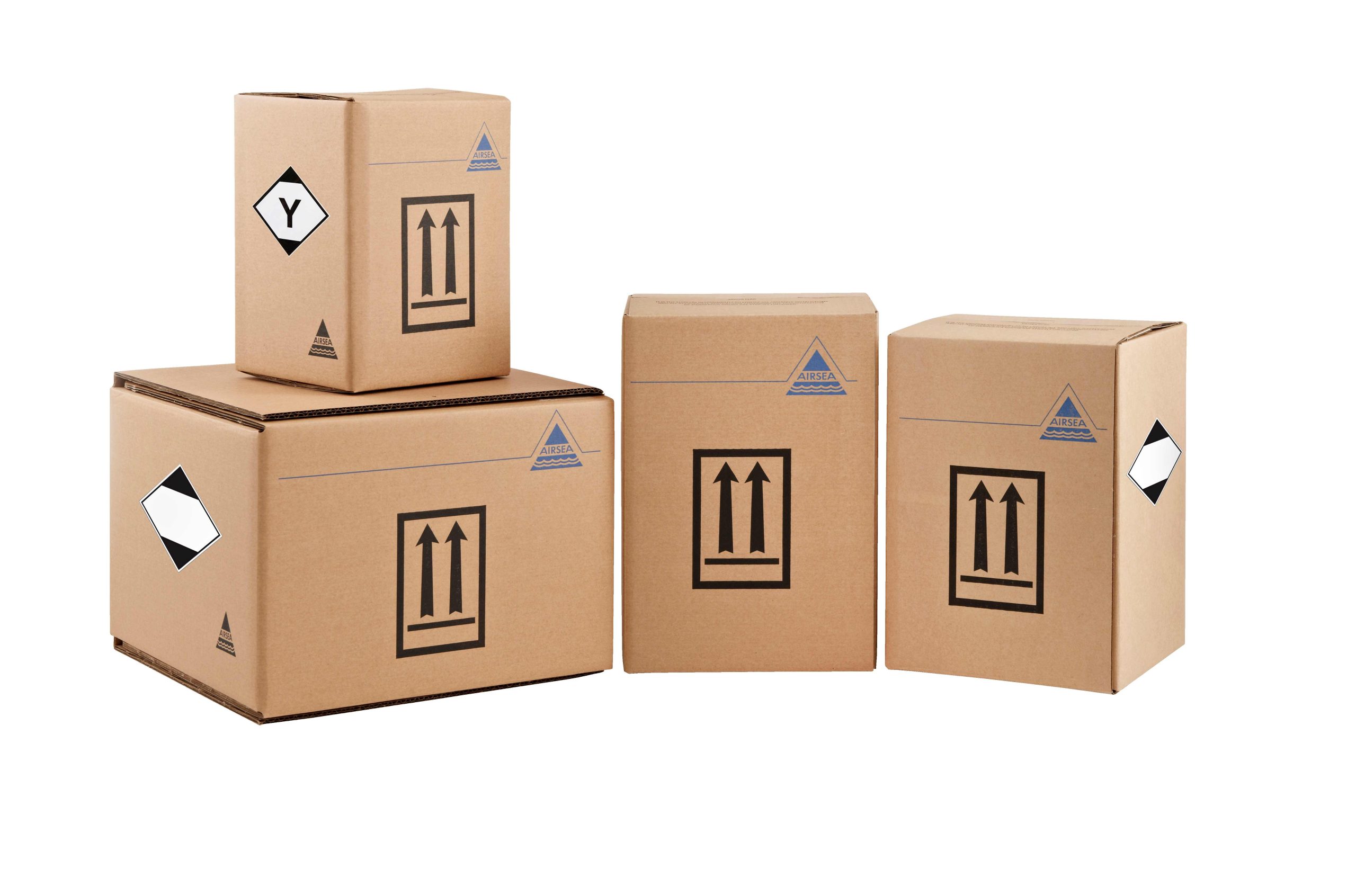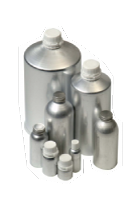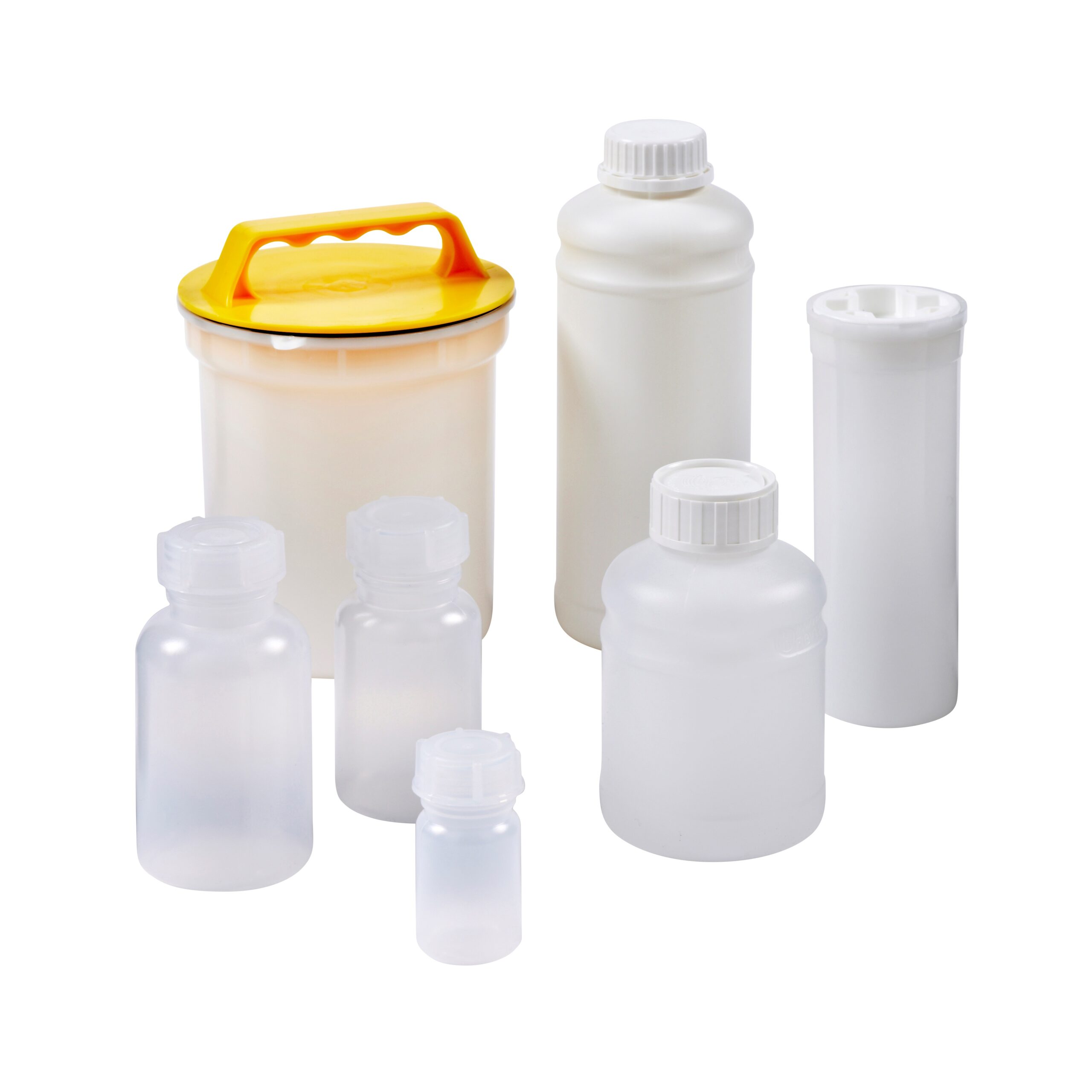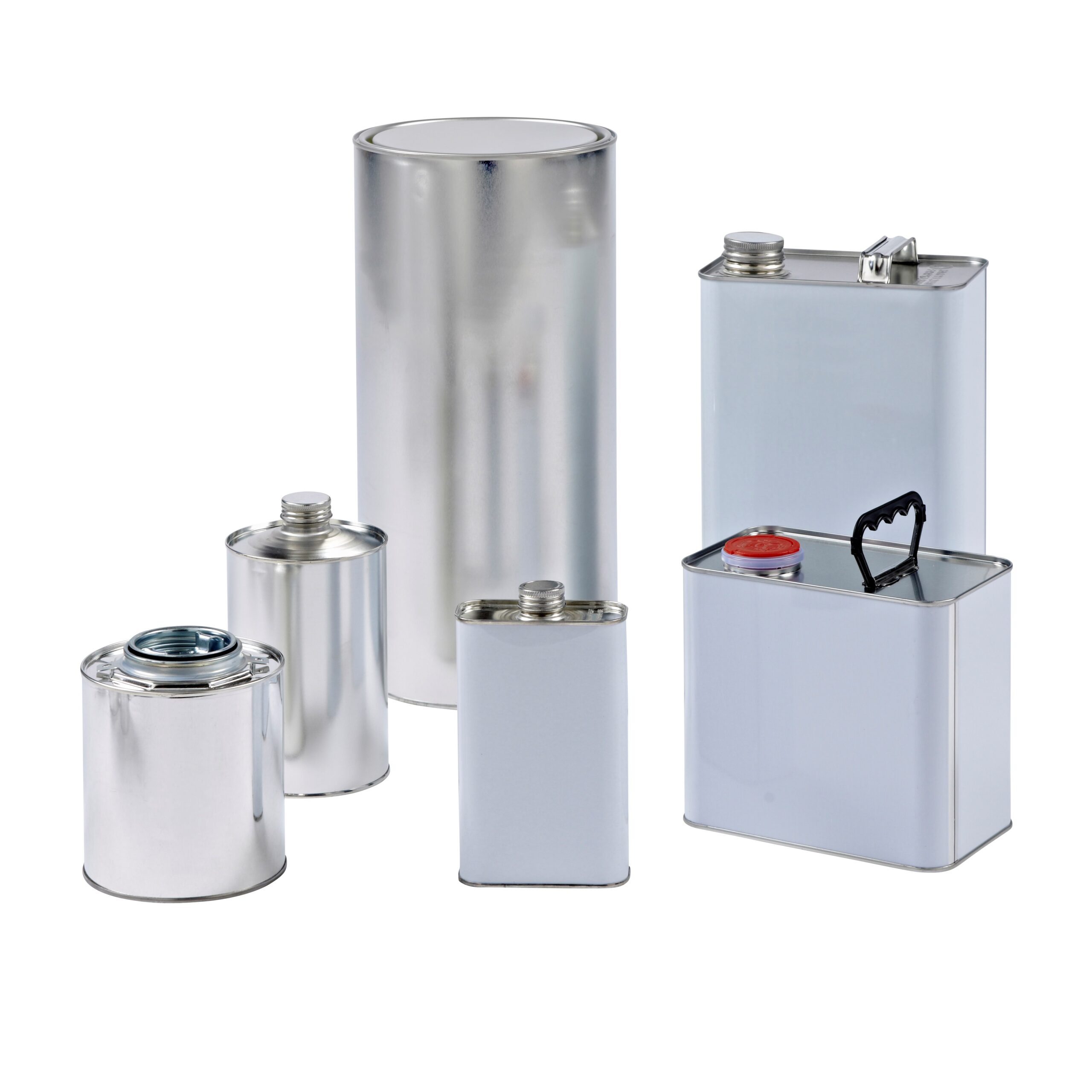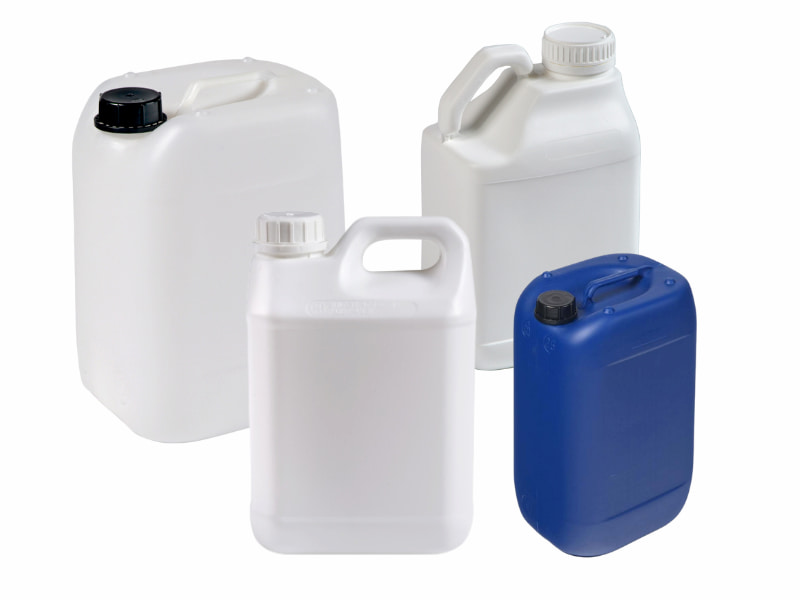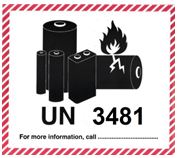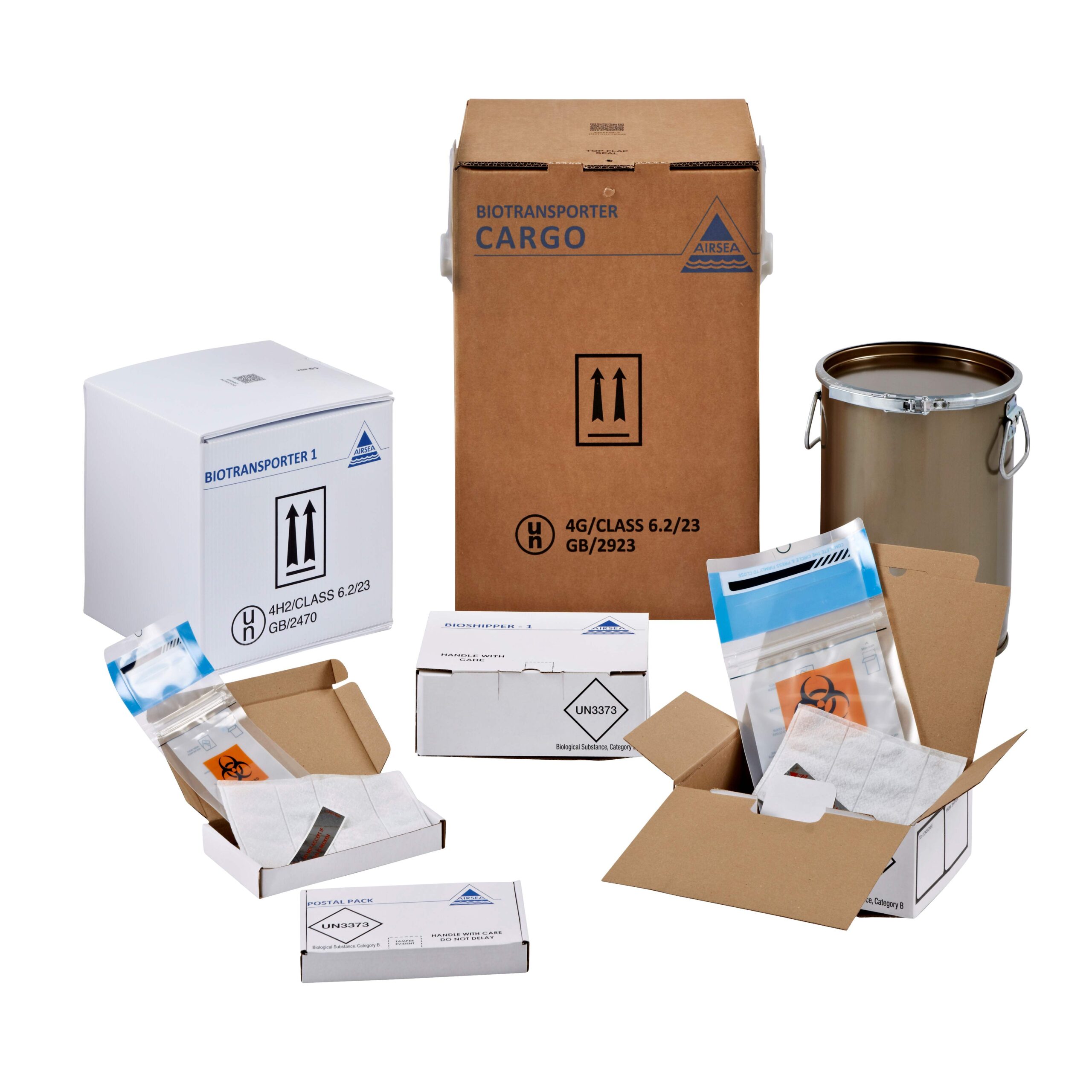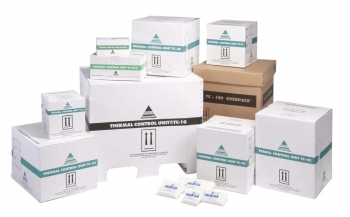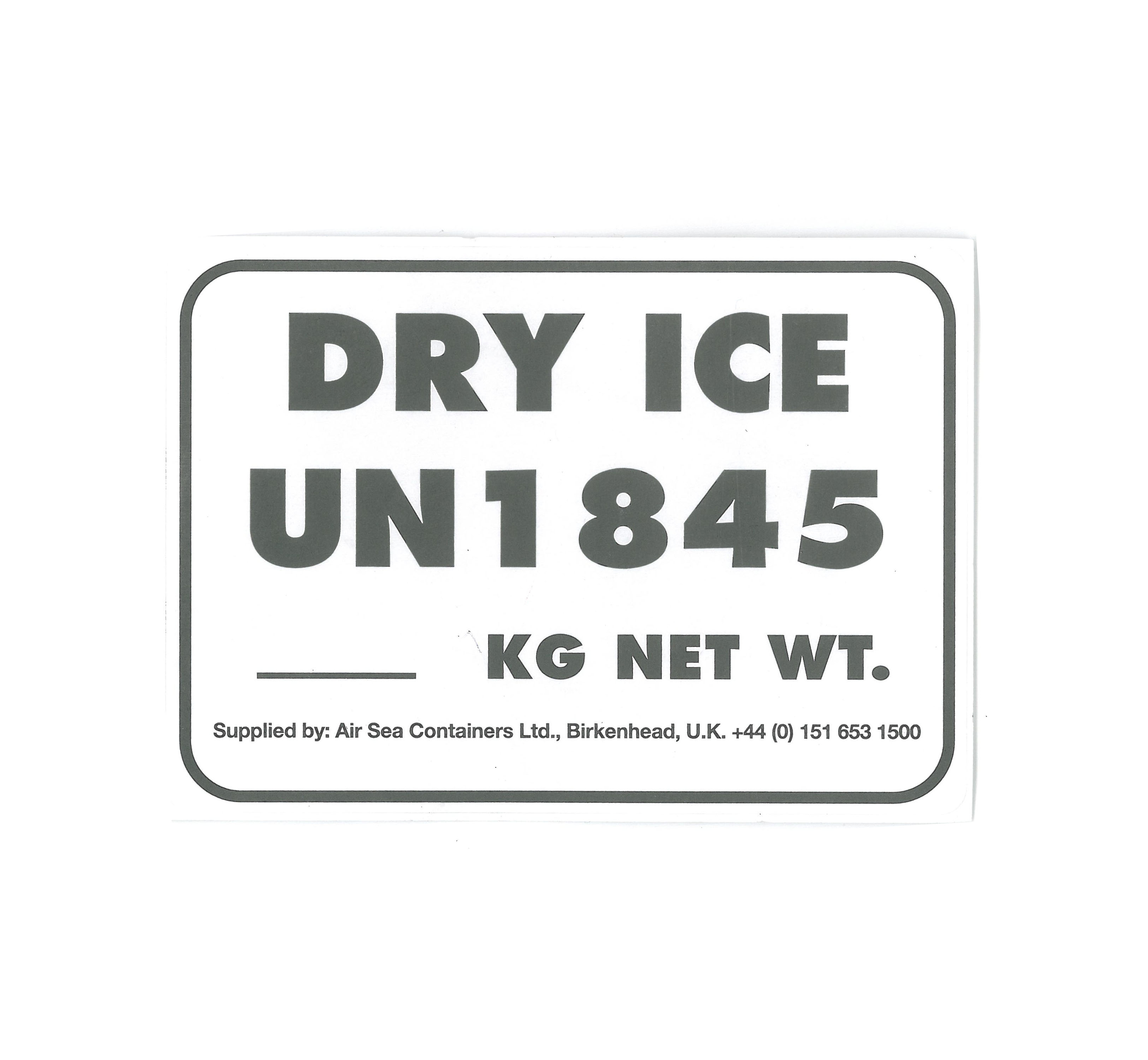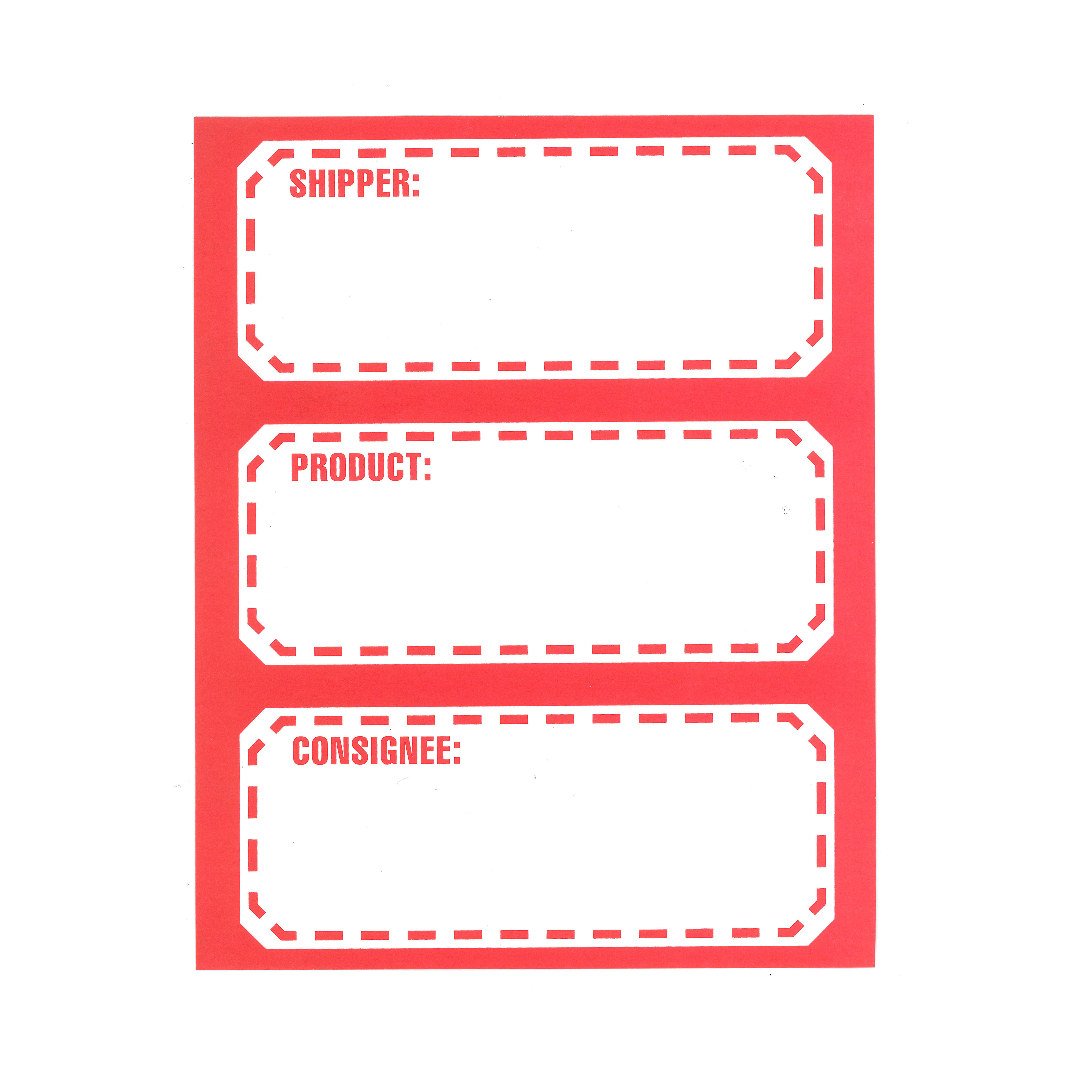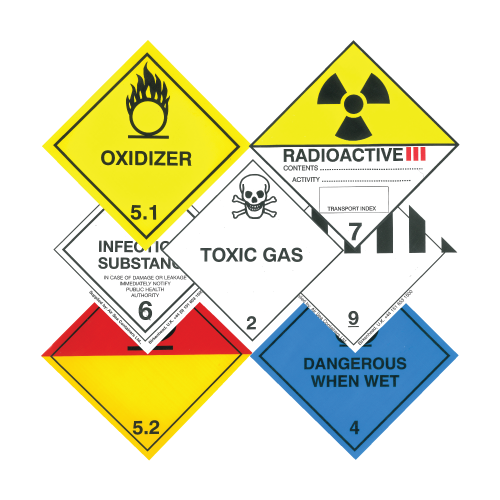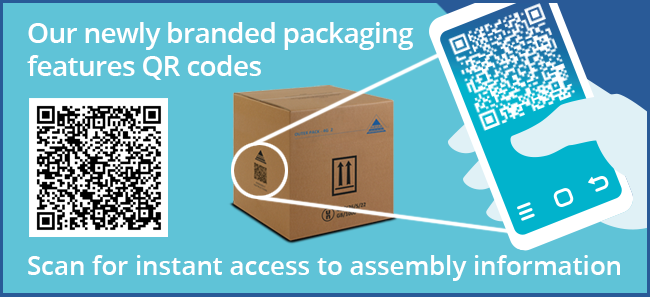Sample Pack – UN 4G Box for various inners, 4G/X2/S
Internal Dimensions: 2.76" x 2.76" x 6.89"
UN 4G box for 4 x 250ml glass inners, 4G/Y4/S
Internal Dimensions: 4 Cells Each 2.56" x 2.56" x 5.85
UN 4G box for 4 x 500ml glass inners, 4G/X7/S
Internal Dimensions: 4 Cells Each 3.94" x 3.94" x 9.1
UN 4G Fibreboard box for 4 x 38 oz (1L) glass bottles, 4G/Y11/S
Internal Dimensions: 8.27" x 8.27" x 9.06"
UN 4G box for various inners, with pre-printed flammable liquid Hazard Label, 4G/X11/S
Internal Dimensions: 3.94" x 3.94" x 11.81"
UN 4G Fibreboard box for 1 x 1.32 Gallon (5L) Jerrican, 4G/X12/S
Internal Dimensions: 7.55" x 5.66" x 10.39"
UN 4G box for 1 x 1.32 Gallon (5L) steel drum, 4G/X13/S
Internal Dimensions: 7.28" x 7.28" x 11.02"
UN 4G box for 1 x 1.32 Gallon (5L) steel drum, 4G/X15/S
Internal Dimensions: 8.27" x 8.27" x 8.86"
UN 4G box for 1 x 1.32 Gallon (5L) UN steel drum with flammable Liquid Hazard Label, 4G/X15/S
Internal Dimensions: 8.27" x 8.27" x 8.86"
UN 4G Fibreboard box for various inners, 4G/X15/S
Internal Dimensions: 7.65" x 5.71" x 12.4"
 US
US

